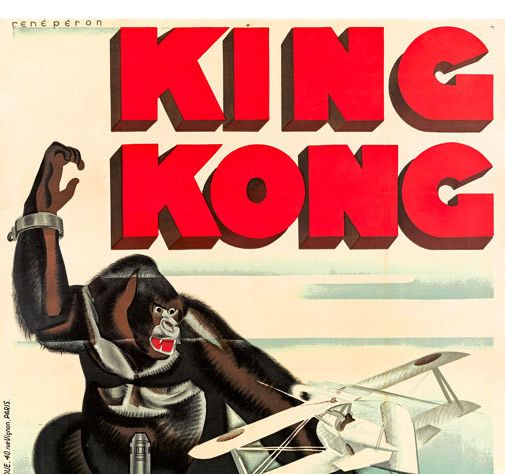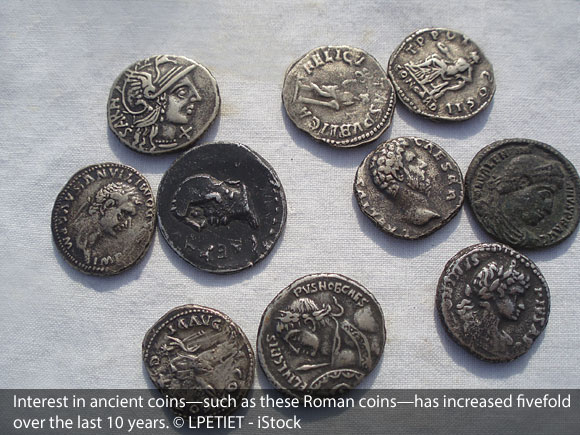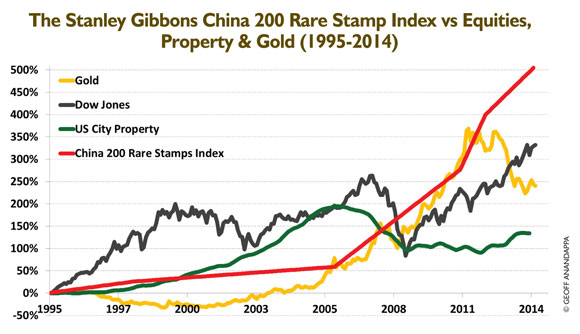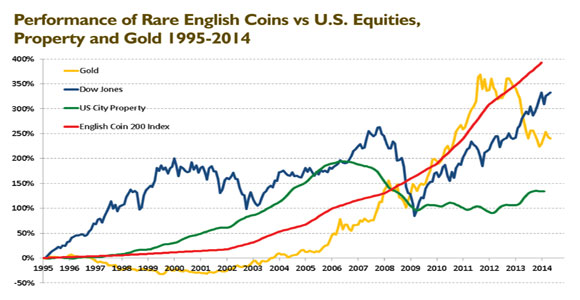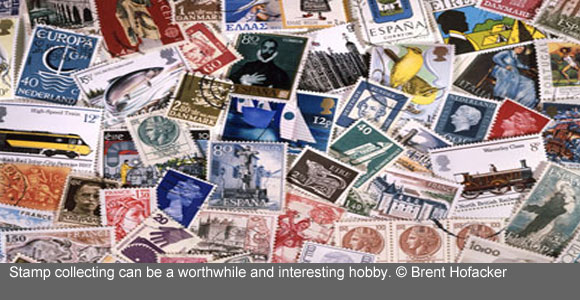For many centuries, coins have been collected and hoarded. They have provided security against war, disaster, inflation and panic. And an added bonus is the thrill of owning a unique item with a history dating back hundreds or even thousands of years. And right now, there’s an opportunity for you to diversify your collection with rare world coins that are seeing substantial and steady growth in value. Rare and early coins from particular parts of the world are increasingly in demand from collectors in search for a piece of history. Coins from Eastern Europe and Russia have seen some prices increase tenfold in the past decade. Coins from India and the Middle East are now of intense interest to collectors in those countries. Even traditional collecting areas—such as Ancient Greek and Roman, as well as Western European and British coins—have increased over fivefold in the past decade. And this trend is set to continue.
